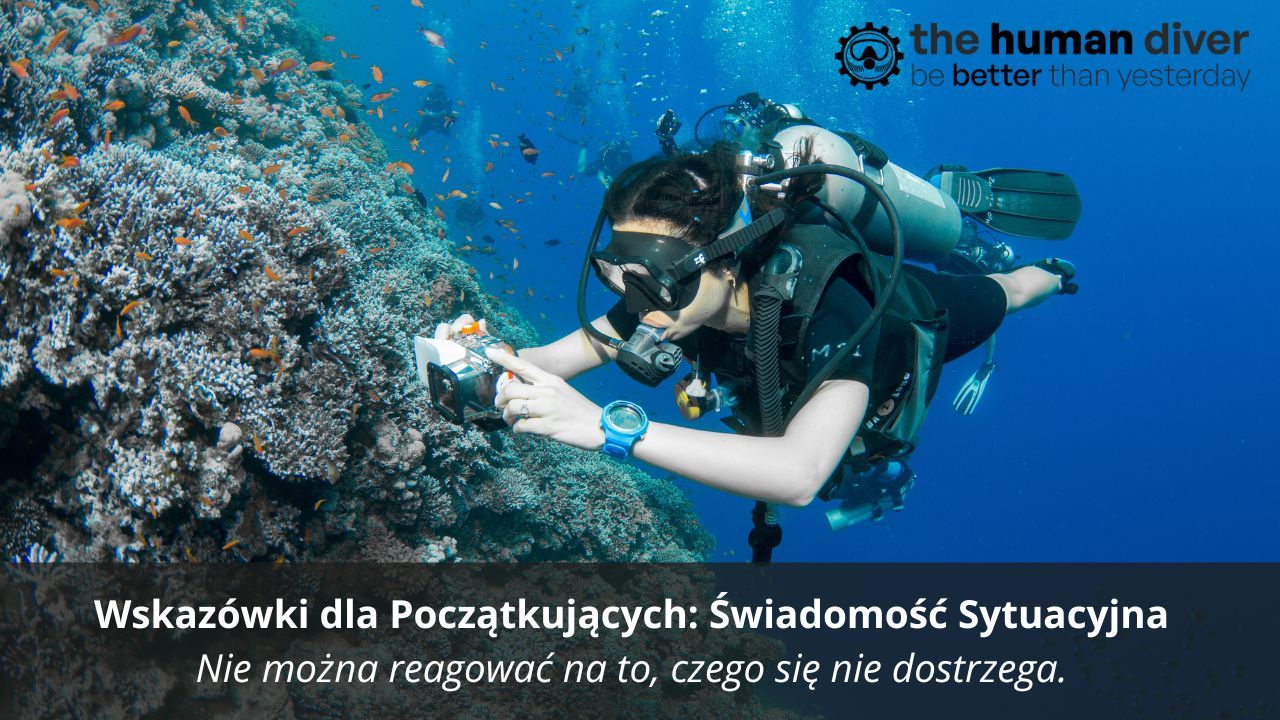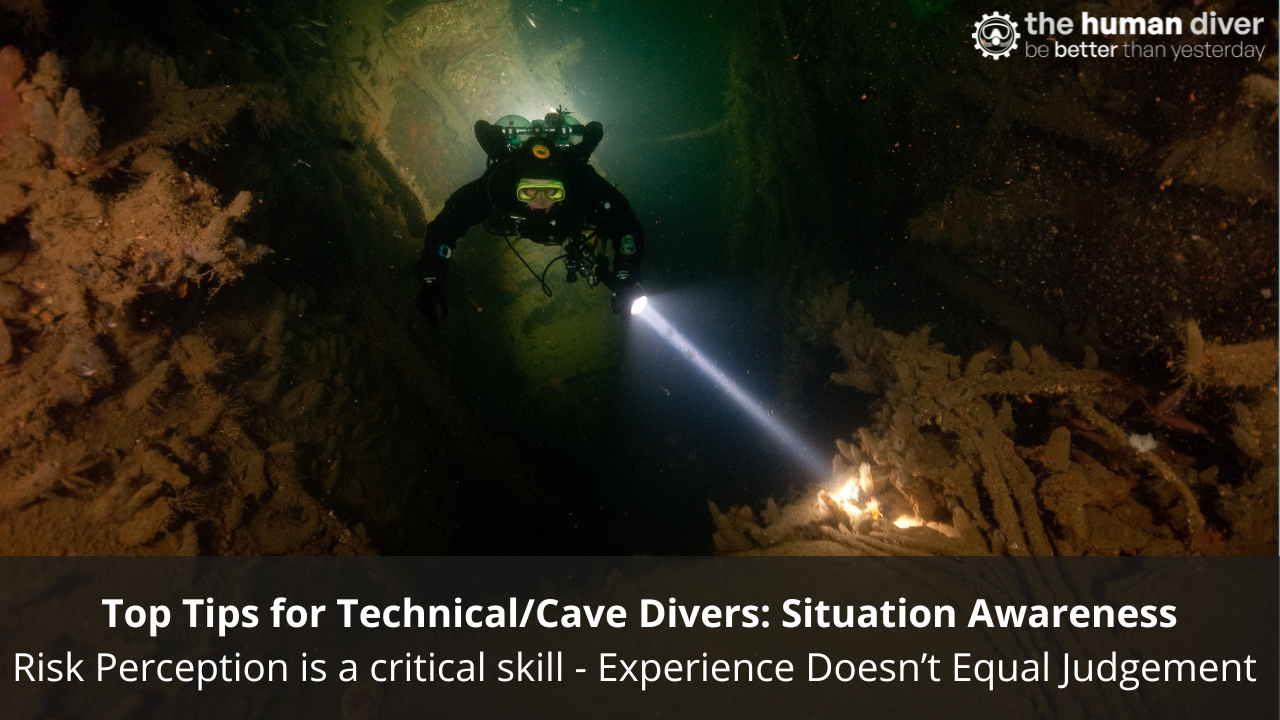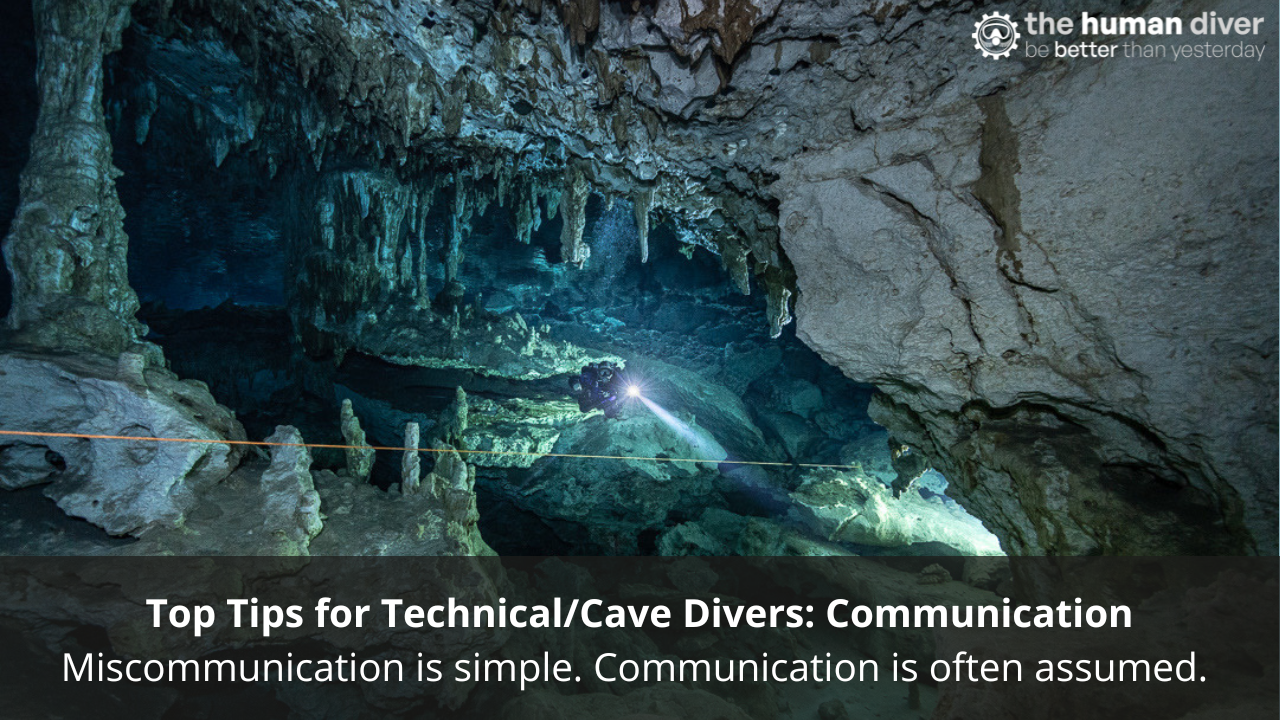
Familiarity as Distraction: Operating on Autopilot
Feb 21, 2024Following on from my blog from two weeks ago when I wrote about distractions while diving and last week when I wrote about complacency vs efficiency, I then got sent a paper that combines those two
It’s about being distracted by familiarity. In other words- autopilot. This is something that’s particularly common in driving- when was the last time you drove somewhere and when you arrived realised you couldn't remember anything about the journey? You’ve become so familiar with the journey, both the route and the process, that it’s become automatic.
 Ilse M. Harms
Ilse M. Harms
This is down to the way we make decisions. When we’re doing a familiar action (for example driving a car, walking on the pavement or a sport we do often such as scuba diving) we are working at a skill based level. This is the auto-pilot, we’re doing it autonomously, following patterns we’ve established from past experience.
Sometimes we need to make a conscious choice. This is the rules based level. That might be choosing which lane to get in, picking which side you’re going to pass someone on the pavement or deciding to stay underwater past your agreed minimum gas. We use rules that we are aware of to help guide our decision making process.
During an unfamiliar, new or unique action we use a knowledge based level. This is when we are having to actively think and make decisions based on your past knowledge and experience.
The error rate for each differs. During skill based actions the error rate is low, around 1 in 10,000. That’s because at this point the skill you’re doing is so familiar it’s easy, a routine task. Errors at this level are slips or lapses, where we don’t mean to do something or forget to do something. During rules based actions the error rate is slightly higher, around 1 in 1000. These are catagorised as “mistakes”, specifically, “rules-based mistakes”. This is what happens when we apply the wrong rule or the right rule in the wrong way. Finally during knowledge based actions the error rate is the highest, around 1 in 10 but could be as high as 1 in 2. The are “knowledge-based mistakes”. This is because you are having to problem solve- it’s a new situation so you have to think laterally to try and figure out the answer.
Seems fairly obvious that most accidents and incidents will happen because of knowledge based mistakes then. However, in driving this has proved to be incorrect. The most incidents happen when people are driving familiar routes, in their own cars. In other words, they’re operating at skill based level. Here’s the irony- at this level people are functioning so automatically that they get distracted by other things. This might be talking to someone in the car, using their phone or just getting lost in their own thoughts. They are so used to what they expect will happen, that if something other than that does actually happen, it is easily missed. In the paper I mentioned above they test this by changing a speed limit sign. It’s always been 80, so the participants expected to “see” 80 and even when it went up to 100 most of them didn’t catch it. People see what they expect to see. I have driven on a motorway many times. The speed limit for cars is 70mph in the UK. I was driving down a motorway recently when I realised I seemed to be going much faster than the cars I was overtaking. I double checked my speed, I hadn’t accidentally sped up. I eased off, unsure of what to do but reluctant to get a ticket if I was doing something wrong. That was when I passed a very small “40” sign. I’d clearly missed the first big one and as I am familiar with driving on a motorway was following my skills based actions. The actions of others around me had forced me to a rules based level, and made me search to see if I was breaking a rule or not. This is exactly how some magic and visual effects work- if I tell you this is a picture of a duck, that’s likely what you’ll see:

If I now say it’s a rabbit, you might be able to see it. But i’ve now forced you to go from skill based recognition to knowledge based figuring out. You’ve had to go into the library in your head, look up pictures of rabbit and compare it to what you see above.
This is also how experienced dive guides/instructors can forget their fins/mask/weight belt (delete as appropriate). They are operating at a skill based level for their own equipment, the distractions are the customers. Normally we use fail safes to catch mistakes like this, such as a buddy check, but if the guide/instructor doesn’t do one, it won’t get discovered until they get in the water/try to descend.
The difficulty comes in trying to avoid making slips and lapses. Often the outcomes are minor (such as having to get out of the water and go back to the car to pick up a forgotton weight belt) but they can be critical. The most common lapse I see if people forgetting to open their tank. Easily resolved, and picked up very quickly on open circuit, but could be fatal in the event of a negative entry off a boat or if the diver is on CCR and doesn’t notice. If someone’s “autopilot” behaviour is to put their equipment on, then get their buddy to open their tank it would be easy to forget that step. Equally, if you get distracted at the moment you would normally open it, forget and put you gear on. Slips and lapses are incredibly easy to do and often judged by people afterwards as complacency. The only way to prevent them is to have safeguards in place, such as buddy checks or checks lists for the examples above. Think about the last time you forgot something, or didn’t mean to do something. Forgetting house keys, driving to the wrong place (“because you were on autopilot” and started your normal route to work, for example) or pouring the kettle into you bowl of cereal, rather than your coffee mug! These are all so easy to do, but don’t have huge negative implications. Things that do are the things that need the checks. Help yourself get out of autopilot and become aware- don't be like these people: (Contains swearing) https://www.facebook.com/reel/1126486911851456
Original paper: https://www.sciencedirect.com/science/article/pii/S1369847823002280

Jenny is a full-time technical diving instructor and safety diver. Prior to diving, she worked in outdoor education for 10 years teaching rock climbing, white water kayaking and canoeing, sailing, skiing, caving and cycling, among other sports. Her interest in team development started with outdoor education, using it as a tool to help people learn more about communication, planning and teamwork.
Since 2009 she has lived in Dahab, Egypt teaching SCUBA diving. She is now a technical instructor trainer for TDI, advanced trimix instructor, advanced mixed gas CCR diver and helitrox CCR instructor.
Jenny has supported a number of deep dives as part of H2O divers dive team and works as a safety diver in the media industry.
If you'd like to deepen your diving experience, consider taking the online introduction course which will change your attitude towards diving because safety is your perception, visit the website.
Want to learn more about this article or have questions? Contact us.










